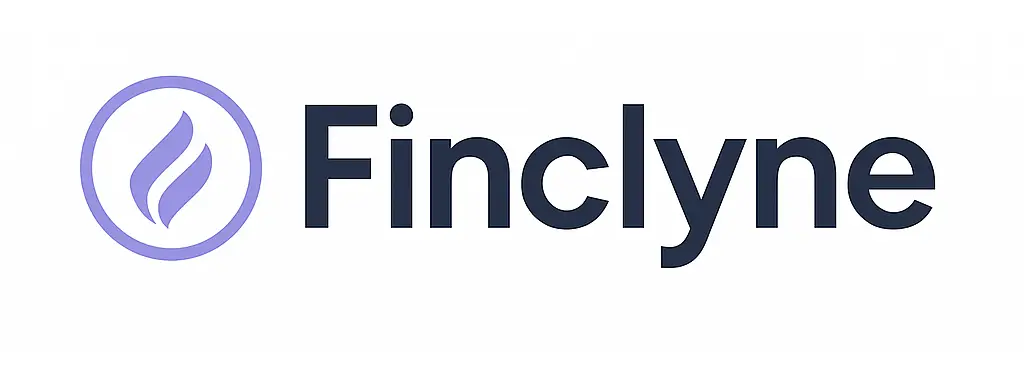## Is Stagflation Back? What Soaring US Yields Mean for Your Investments
The stock market has been on a rollercoaster lately, and the latest buzzword adding to the turbulence is “stagflation.” This daunting term, reminiscent of the 1970s economic woes, refers to a period of slow economic growth combined with high inflation. While the situation isn’t as dire as back then, concerns are mounting, fueled primarily by surging US Treasury yields. But what exactly does this mean for young investors and their financial futures?
Rising yields on US Treasury bonds, essentially the interest rate the government pays on its debt, are a significant indicator of investor sentiment. When yields climb quickly, as they have recently, it suggests investors are demanding a higher return for lending money to the government. This demand often stems from growing inflation expectations, as investors seek to protect their purchasing power from being eroded by rising prices. Simultaneously, strong demand for these “safe haven” assets can pull money away from riskier investments like stocks, potentially putting downward pressure on the market.
The current scenario presents a complex puzzle. On one hand, a robust economic recovery, fueled by government stimulus and pent-up consumer demand, is driving growth and potentially inflation. This is positive for corporate earnings but can lead to higher interest rates as the Federal Reserve attempts to control inflation. On the other hand, persistent supply chain disruptions and labor shortages are constraining economic output, raising the specter of slower growth, the “stag” in stagflation. The fear is that we could see a period of elevated inflation with sluggish economic expansion, a scenario that historically hasn’t been kind to stocks.
So, what’s a young investor to do? First, don’t panic. Market fluctuations are normal, and long-term investing strategies should be built to weather such storms. Diversification remains key, spreading your investments across different asset classes like stocks, bonds, and potentially even commodities like gold, which can act as an inflation hedge. Consider investing in sectors less sensitive to interest rate hikes, such as technology or healthcare. Finally, stay informed. Understanding the forces shaping the economy and the market is crucial to making informed decisions about your financial future. Keep learning, stay patient, and remember that even amidst market uncertainty, opportunities for long-term growth still exist.




